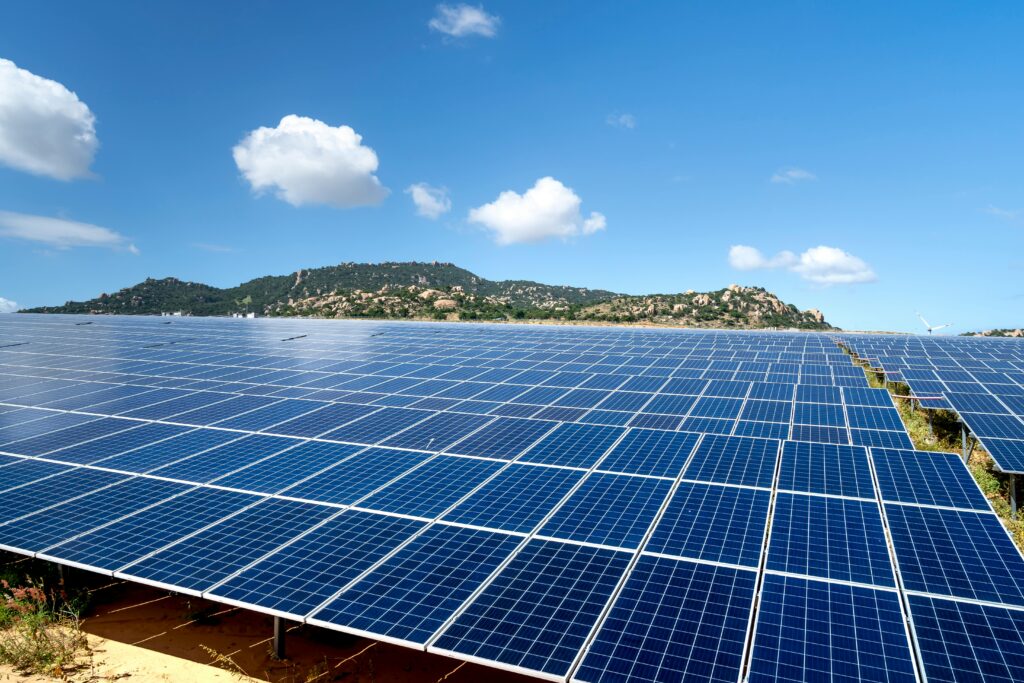By Aus Solar Kits
As of 2025, the cost of installing solar in Australia continues to reflect equipment quality, installation conditions, and the impact of rebates. The recent Cheaper Home Batteries Program has also reduced battery prices significantly, making solar storage more accessible for households.
This guide covers realistic price ranges for installed systems and outlines what factors affect the final cost.
Aus Solar Kits supplies solar components and connects customers with qualified independent installers. We do not install systems directly.
Typical Price Ranges for Installed Solar Systems
Here are the current average ranges for solar installations in Australia in 2025:
- 6.6 kW solar only: $5,500 to $9,000
- 6.6 kW with battery: $13,500 to $17,000
- 10 kW solar only: $8,000 to $13,000
- 10 kW with battery: $15,000 to $20,000
- 13.2 kW solar only: $10,000 to $15,000
- 13.2 kW with battery: $18,000 to $23,000
These figures assume use of Tier 1 panels, quality inverters, standard roof access, and application of current federal rebates. Battery pricing reflects the 2025 Cheaper Home Batteries Program, which covers 30% of battery and installation costs.
Understanding these averages will help you evaluate quotes more effectively and plan your system according to your needs and budget.
Factors That Affect Pricing
System costs vary due to a number of property and product-specific factors.
Inverter Choice
Microinverters (e.g. Enphase) cost more than string inverters, increasing system prices by around 20 to 30 percent. They allow individual panel optimisation and are ideal for roofs with shading or mixed orientations.
Electrical Readiness
Homes with older switchboards or outdated wiring often need upgrades for safety and compliance. These upgrades usually cost between $500 and $2,000 depending on the situation.
Roof Design
Roofs with complex shapes, steep pitches, or multiple storeys typically increase installation time and safety requirements, which adds to labour costs.
Battery Sizing and Type
Battery prices vary by brand, storage capacity, and whether they are AC- or DC-coupled. The rebate applies as a percentage of the battery system’s cost, so larger batteries receive more rebate in dollar terms.
What to Watch for in Cheaper Quotes
Some advertised solar deals fall well below these averages. While the upfront price may seem appealing, these systems often include:
- Unbranded or unreliable panels and inverters
- Poor installation quality or non-accredited teams
- Excluded items like monitoring or safety hardware
- Limited or unclear warranty coverage
- No post-installation support
Cheap systems often cost more long term due to breakdowns, inefficiency, or required replacements.
In 2025, Australians have more control than ever over how they power their homes. With generous government rebates and falling technology costs, both solar and battery storage are no longer out of reach.
They are now a practical and affordable option for households across the country. Whether you are looking to cut your electricity bills, gain energy independence, or prepare for the future, the tools and support are in place.
You have the choice to take it slow or to invest in a complete system, but if you are considering solar and battery, now is a smart time to act.
The systems are more efficient, the savings are real, and the long-term benefits are clear. Just make sure it is done properly, with the right equipment and the right advice from the start.


